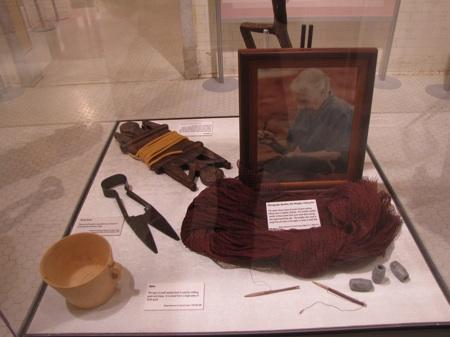There is a new exhibit at Ellis Island National Monument: Hidden in Plain Sight: the Basques.
Hidden in Plain Sight is an interactive exhibit that presents opportunities for all ages to discover the unique origins, language, and history of the Basque people; the factors that pulled them away from their homes; the legendary tales of colorful immigrants; Basque contributions in the United States and the world; and the unprecedented cultural connection that pushes them to keep expanding, rather than diminishing, the transcontinental exchange.
Basques have rarely been recognized for their historic contributions or cultural distinctiveness, similarly, as they passed through Ellis Island, their nationality, names, and heritage were often disregarded by well-meaning officials. Today, even though Basque politicians, scientists, sports figures, business executives, artists, and movie stars may be prominent throughout the US and in many nations around the work, they are still not often recognized as being Basque, perpetuating them as being Hidden in Plain Sight.
The exhibit starts with Luciana Goitia, a 105-year-old woman who came through Ellis Island in 1920, who tells her own story of why she came, what the experience was like, and why she came to America to work in a Midwestern boarding house. And then the exhibit goes back in time highlighting the hidden and almost forgotten history of the Basque people.
Who knew many of the sailors on Columbus’s voyage in 1492 were of Basque heritage, or that the Santa Maria was owned by a Basque? Or, who knew that the first person to circumnavigate the globe was from Basque, a man named Juan Sebastian de Elkano who completed Magellan’s voyage after Magellan died in the Philippines?
From the Basque region came religious leaders like Saint Ignatius of Loyola, who founded the Society of Jesus, and Saint Francis Xavier, one of the first Jesuits. And imagine what the Immigration Act of 1924 did to people whose language was so different and whose country had never been recognized.
The exhibit focuses not only on the role of Basque people in this country, but also on their role in the culture and history of the world. It tells of their contributions in music, sports, and in American politics.
This exhibit was organized by The Basque Museum & Cultural Center, the Basque Autonomous government, and the Boise State University Basque Studies Center. It will be open until May 9, 2010.




Comments
I live in a region of the country that has a large Basque population. Ihave learned quite a lot from them. And by the way they make delicious food.